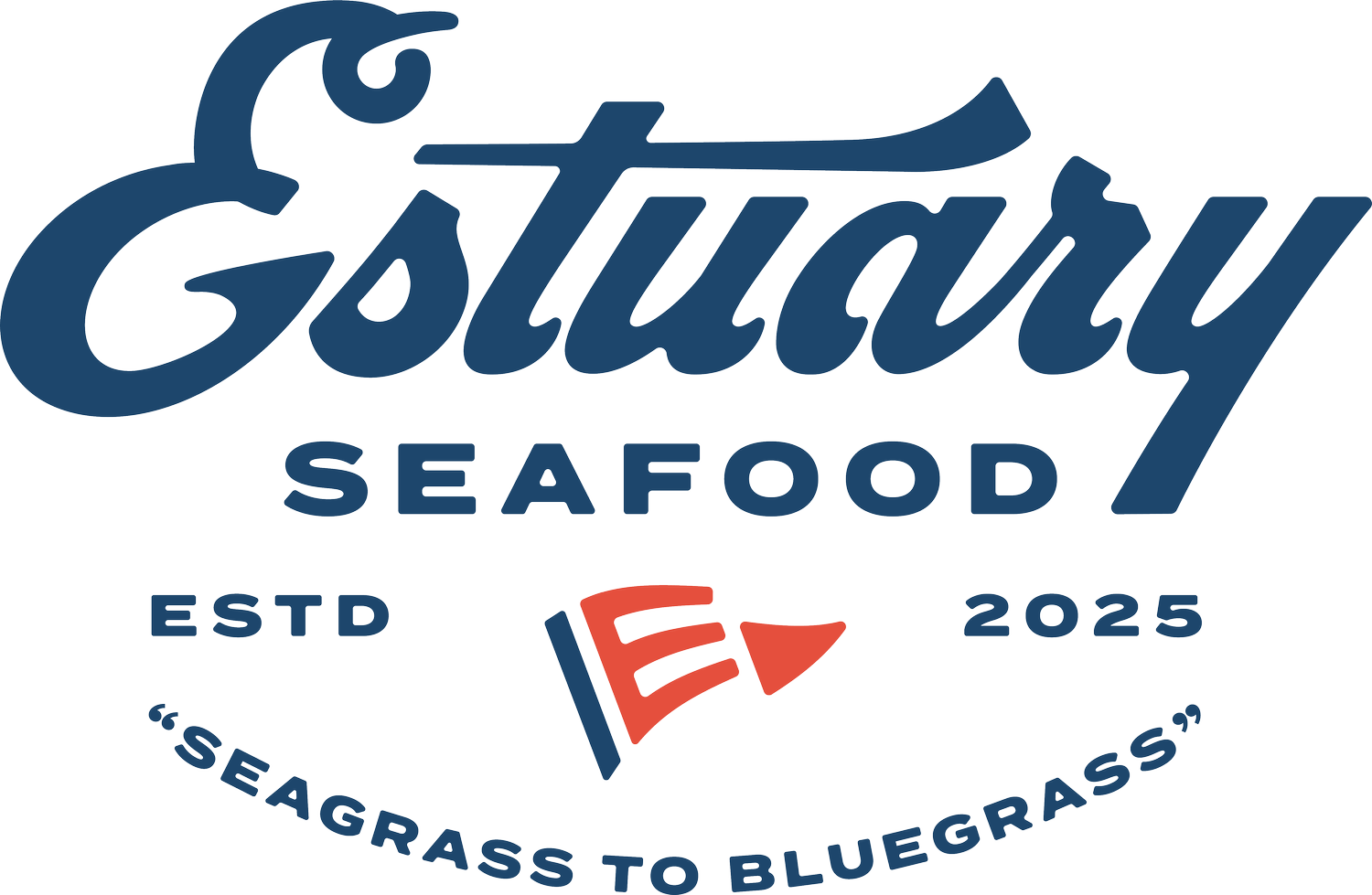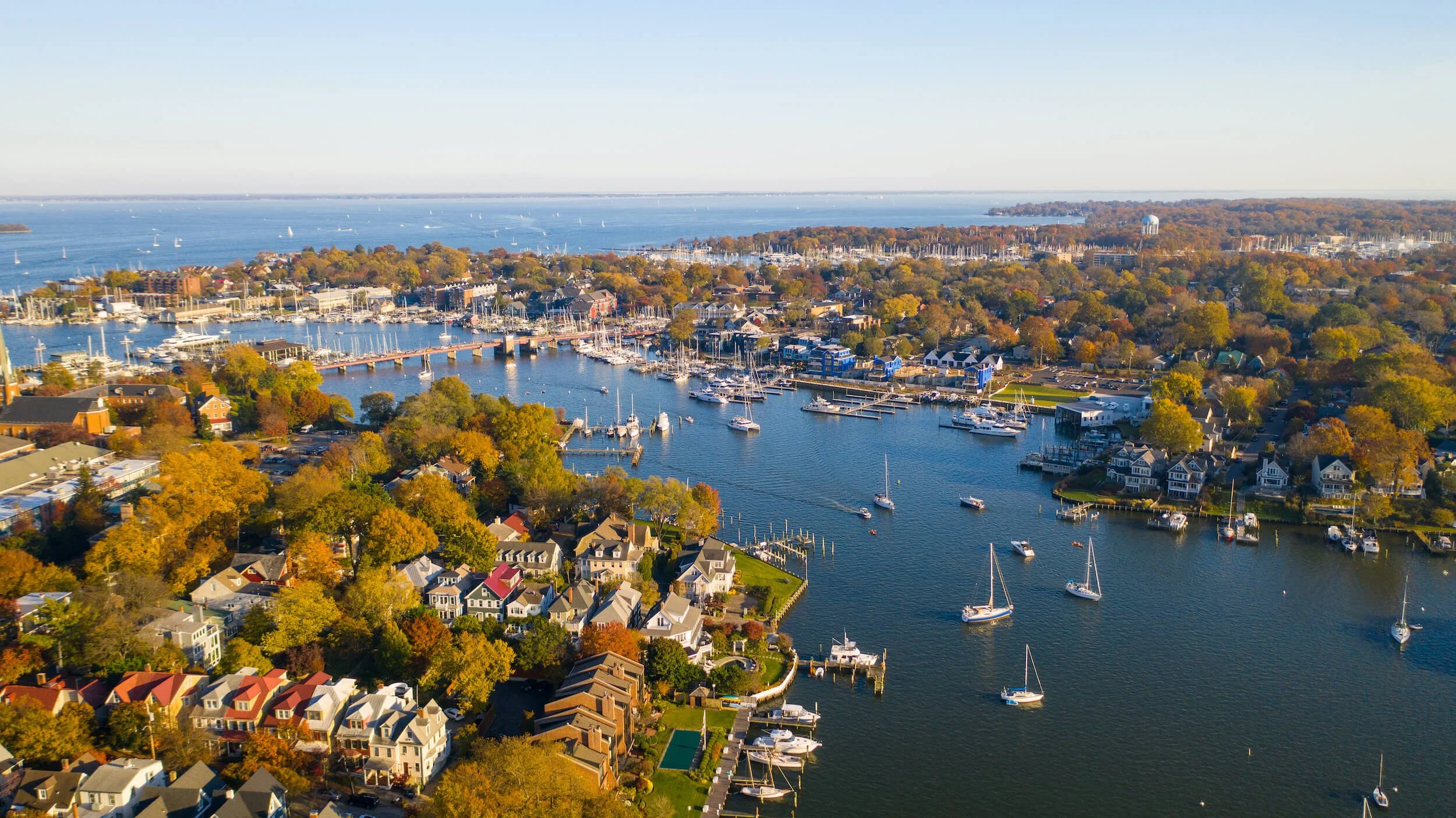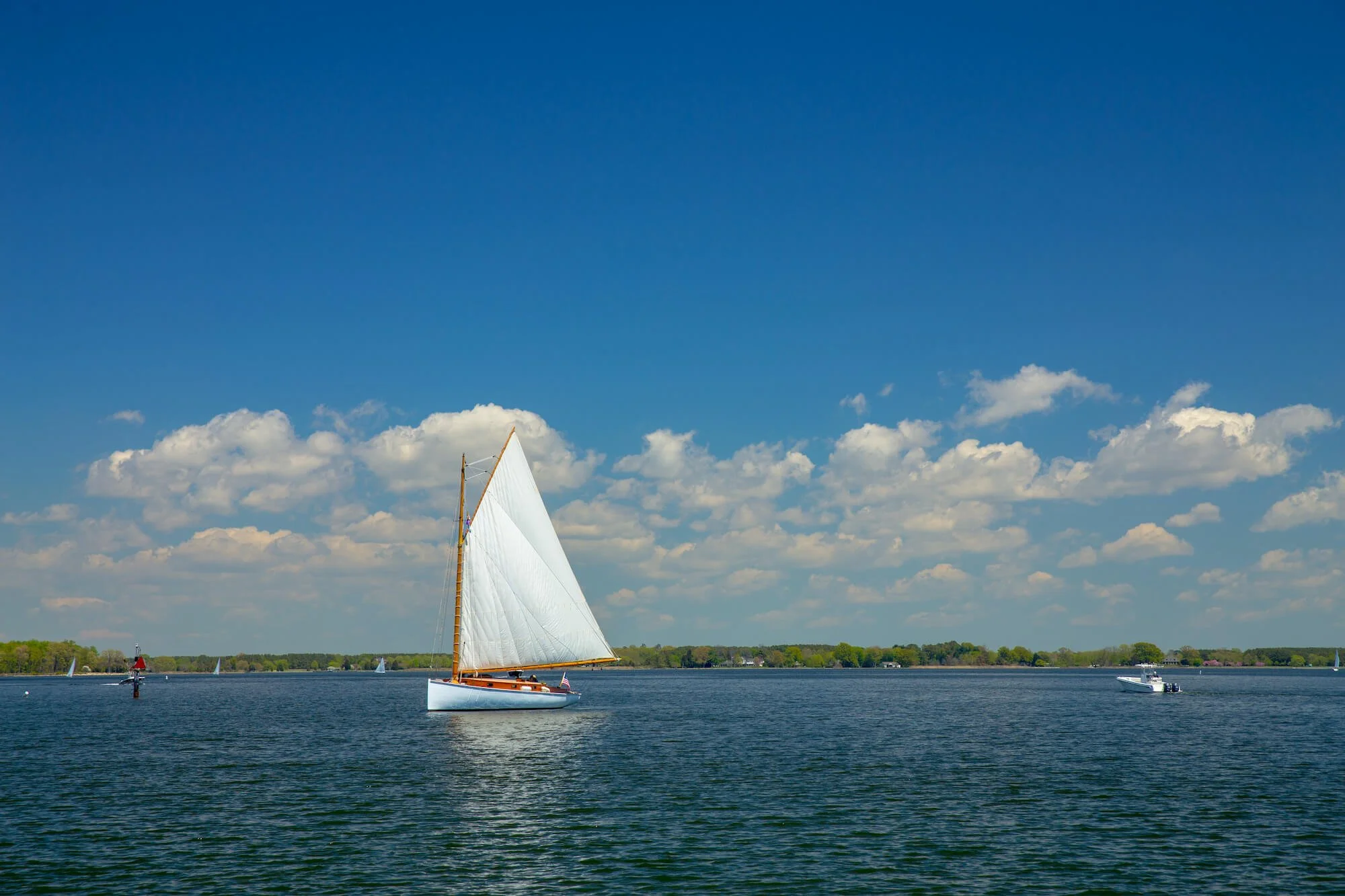Chesapeake Bay
The Chesapeake Bay is the largest estuary in the United States, fed by 50 major tributaries and serving as the watershed for six states and the District of Columbia.
Today, the Chesapeake produces over 500 million pounds of seafood annually. Fittingly, most historians agree that the name derives from the Algonquin word chesepiooc, meaning "great shellfish bay."
The Chesapeake Bay provides critical habitat, food, cover and nursery areas for more than 3,000 migratory and resident wildlife species, including waterfowl, 348 species of finfish, 173 species of shellfish and 16 species of underwater grasses. The region’s unique ecosystem includes riparian forests, freshwater tributaries, islands, wetlands and open water.
Averaging just 21’ deep, underwater grasses have the opportunity to thrive in the Bay. In addition to supporting a wide range of waterfowl, fish and shellfish, this submerged vegetation produces oxygen and can help remove excess nitrogen and phosphorous from the water.
Across the open waters of the Chesapeake, microscopic plants and plankton form the food base for hundreds of other species. Among those is the coveted Chesapeake oyster, which filters organic particles out of the water and improves water quality. Oyster reefs provide habitat for other marine animals and also provides an element of protection against extreme weather events and climate change.
The Chesapeake Bay holds significant cultural and historical influence, too. Today, residents and tourists alike flock to the region and enjoy recreational activities including boating, wildlife viewing, fishing and more. The region is protected through collaborative efforts between federal, state, and local agencies, conservation groups and private landowners.
Source Material: Chesapeake Bay Foundation



